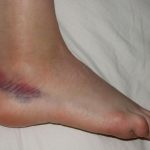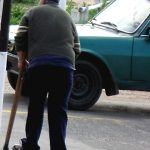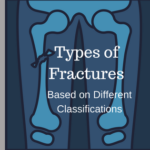Trauma is a major health disrupter and responsible for the morbidity of a large number of people in addition to being a leading killer. Trauma can injure any organ but in this article, we would concentrate on musculoskeletal parts only. From the this point of view, the major orthopedic complications of trauma are Acute respiratory […]
Trauma
Sprain Causes and Treatment
A sprain is an injury that occurs to ligaments causing stretching or tearing of ligaments. Ligaments are fibrous structures that join two bones across the joints. For example, ankle ligaments connect tibia and fibula bones to the talus and calcaneum across the ankle joint. Sprain originates from French word espriandre which means to wring. Therefore […]
Fractures in Elderly – Causes and Prevention
Geriatric fractures or fractures in elderly people is a special category of fractures in adults. These fracture demand a special category because of the unique problems that elderlies have. With age the bones lose their mineral content and become weak, a situation called osteoporosis. Not only this, there are many medical conditions in the old […]
Fractures In Children and Their Management
Fractures in children demand special consideration because the skeleton of children though resembles adult skeleton is kind of different. Anatomically as well as physiologically, bones in children are quite different from adult bones. Roughly about one-third of children have had a fracture by the age of 18. Fractures of the forearm are the most common […]
Different Types of Fractures
Fractures occur when bones break due to energy applied to them in excess of what these can sustain. There could be different types of fractures depending on the site and severity of the injury, type of force that acted on bone and involvement of surrounding tissues. There are multiple ways to list the types of […]




